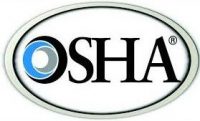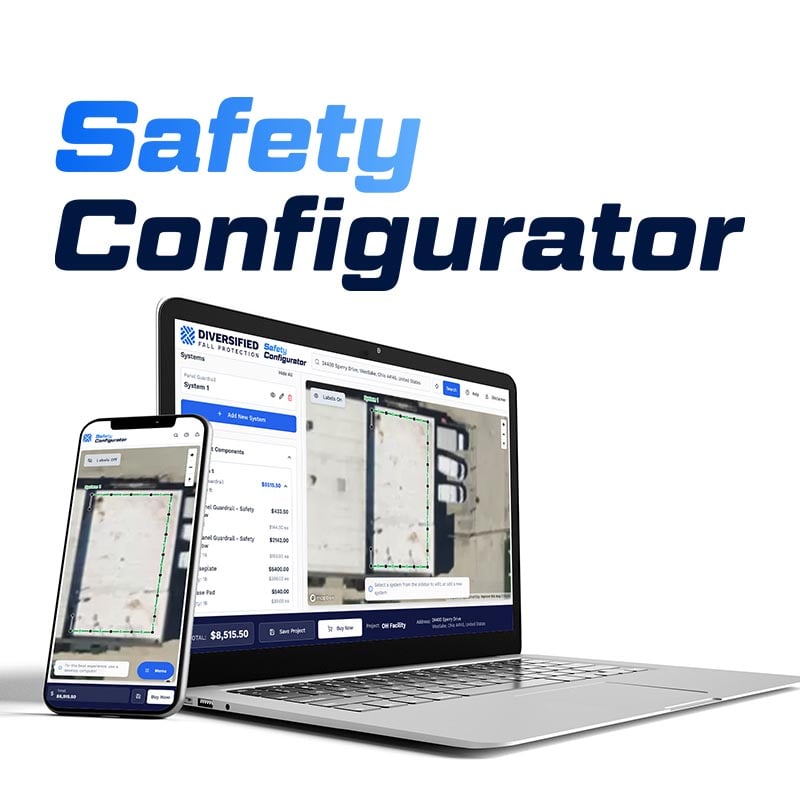Preparing For OSHA Inspections
 OSHA inspections are a given in instances where an employee has been severely injured or dies in the workplace, but OSHA inspectors may also appear at your place of business when responding to a whistle blower, or as part of a OSHA emphasis program. Proper planning can go a long way toward reducing the angst and anxiety associated with an OSHA inspection.
OSHA inspections are a given in instances where an employee has been severely injured or dies in the workplace, but OSHA inspectors may also appear at your place of business when responding to a whistle blower, or as part of a OSHA emphasis program. Proper planning can go a long way toward reducing the angst and anxiety associated with an OSHA inspection.
Alan Ferguson’s recent article in Safety + Health Magazine offers sound advice from former OSHA compliance officers on how to prepare for an OSHA visit, as well as suggesting pointers on how to respond during an actual walk-through. Some of the highlights of Ferguson’s article, “What to Expect When OSHA Is Inspecting,” include:
Attitude makes a difference—the inspectors report includes a section to include notes on the level of employer cooperation during the visit.
Remember that compliance officers have a job to do, but they don’t receive bonuses for writing citations. By law, OSHA inspectors are not evaluated based on the number of citations issued or penalties assessed.
Compliance officers will typically wait an hour before noting employer delays on your inspection form. Use this time to have your appointed “host” meet with the compliance officer prior to the walk-through, and correct minor hazards such as clearing out clutter blocking exits and fire extinguishers.
Keep your compliance logs and records up-to-date. Failure to produce records required by OSHA regulations is a warning sign that your facility may create red flags, while having your records in order demonstrates a commitment to safety.
Don’t panic. If the inspector asks a question that requires a detailed response, or you don’t know the answer, let the compliance officer know that you want to give accurate information and that you’ll follow up after having time to investigate further.
Start addressing findings or concerns the moment the inspector finishes up. You’ll have a follow up conference call one to six weeks after the initial inspection. This is a great time to brief OSHA on the steps you have taken to correct hazards identified during the walk through.
There’s an old saying that “an ounce of prevention is worth a pound of cure,” and this couldn’t be more true in the case of an OSHA inspection. Being prepared will help you weather the storm. Taking the time to read Ferguson’s full article is a great way to start, and as always, if you have questions about OSHA regulations pertaining to fall protection, contact Diversified Fall Protection for further assistance.
Schedule an assessment with Diversified Fall Protection
Contact Us to request a fall safety review

b-1.jpg?width=1368&height=1340&name=Rail%20(175)b-1.jpg)

